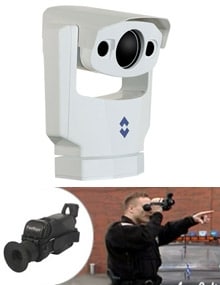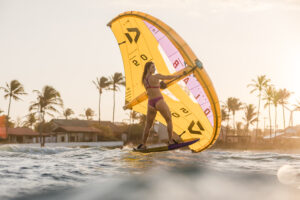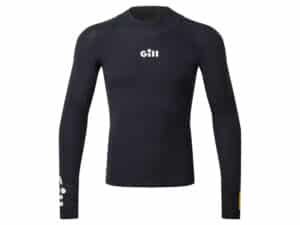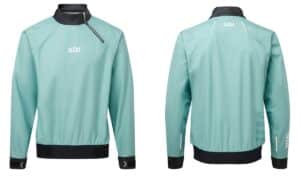
gear_feb27-2007_FLIR
The Miami International Boat Show, held each year in mid-February, is a great venue for checking out new electronics. Manufacturers use the show to showcase new products, and this year’s crop was outstanding. I spent two full days in a hall within the show dedicated solely to electronics manufacturers, and one afternoon and evening on the water getting real-life demonstrations.
One of the coolest products was from a company named FLIR, which stands for Forward Looking Infrared. FLIR, which has been selling its products for military and industrial applications for three decades, has decided that their products will work well in the recreational boating market. I agree. During our demonstration cruise, despite the fact that it was pitch dark, we were able to navigate our way through the waters off Miami with the help of a few of FLIR’s cameras that displayed crisp black and white images of objects our eyes, and even our radar, couldn’t make out. Two fishermen in an unlit boat, navigation aids, and other vessels showed up on the screens in incredible detail.
Unlike night-vision technology, which uses light gathering and amplification, and gives you a very fuzzy representation of what you’re looking at, FLIR measures differences in temperature. This makes things such as engines and humans stand out very well, but since the FLIR sensors are able to detect even the slightest changes in temperature (to within a tenth of a degree, Celsius) you’re also able to see individual frames in ship’s hulls, make out the difference between water and a water-logged piling, and even aircraft on approach to Miami International. One can only imagine the detail that FLIR’s classified military equipment reveals.
The units that FLIR is marketing to the recreational boating community, the Voyager and the Navigator, are intended for large sail and power vessels, so the racing sailor may not be interested at first because of their size and weight. FLIR does, however, sell a handheld, monocular version of its sensor, the ThermoVision FlashSight, which is now used by fire and police departments. I suggested to the FLIR representatives that a waterproof version would probably be well received by racers and cruisers alike. Of course, you don’t have to wait; you can buy the FlashSight for $ 9,900. Expensive, but imagine being able to keep track of the competition’s every move, even every sail change, well after the sun goes down.









